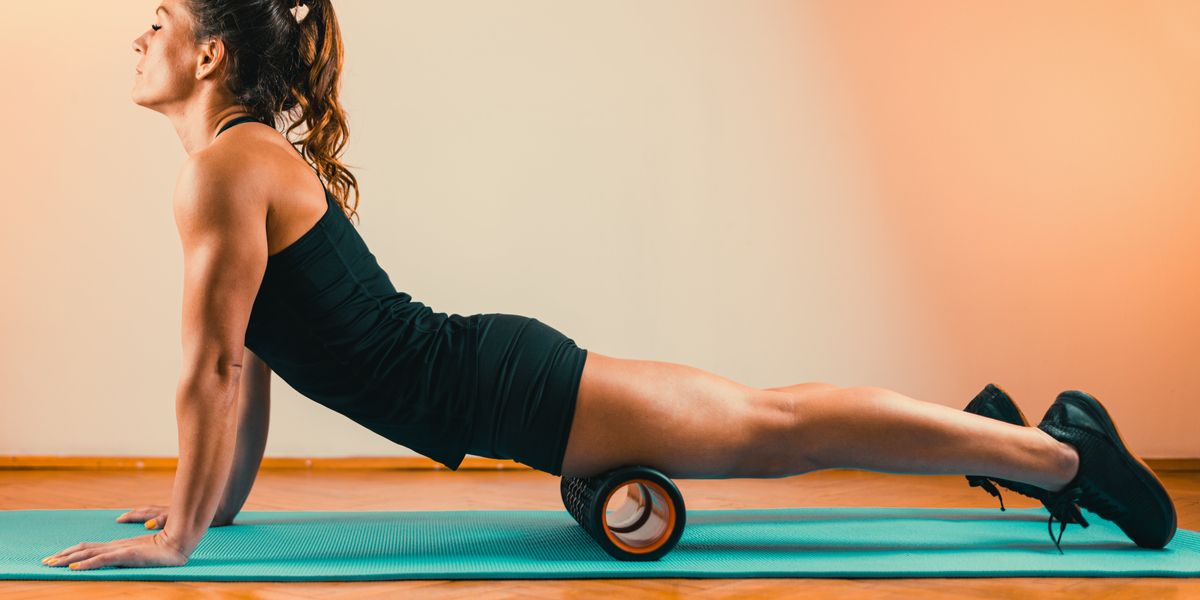How to Stay Pain-Free When All Your Bodywork Is Canceled
If you swear by regular massage, physical therapy, acupuncture, reiki or any other form of body work that involves another person touching you, odds are you’ve had to go without for the past month or so due to the coronavirus pandemic.
This is, of course, alongside a host of other jarring lifestyle adjustments dancers have had to make, most notably transitioning their dance practices into their homes. Combined with the high levels of stress many are experiencing, and the fact that most of us are sitting around a lot more than normal, it’s not a great time for anyone to lose access to the bodywork practices they depend on.
Though nothing can truly replace the real thing, we rounded up tips on how to stay pain-free and create your own bodywork routine at home.
Use This Time to Heal
Though it’s tempting to want to try to replicate everything you did pre-COVID at home, it’s simply impossible—and likely toxic for your mental health.
Start by lowering your expectations by a good 40 percent, says physical therapist Paul Ochoa, and focus first on your self-care and mental health.
If you were dealing with any overuse injuries before the pandemic, now is an ideal time to heal them through rest, says massage therapist and choreographer Brent Whitney, and to explore new stretches or types of movement at your own pace.
Avoid exacerbating old injuries or creating new ones by following a reasonable training and self-care schedule for yourself, and by managing stress. Whitney suggests scheduling “worry-free” time for yourself—putting away electronic devices, and experimenting with whatever relaxes you, whether that’s yoga, coloring, breathing exercises, candles, etc. He recommends choosing the same time and space each day so your brain knows it’s time to settle down, starting with as little as 15 minutes and building up to as much as a whole day.

Go Virtual
Just like dancers who can’t readily work from home, many massage therapists, acupuncturists and other bodywork professionals have lost their main source of income.
If you regularly see someone for bodywork, get in touch and see if there’s anything they can offer remotely. Or, see if you can buy a gift certificate for future work to help them stay afloat.
Some physical therapy offices—like F Squared Physical Therapy in New York City—are now offering video appointments.
Ochoa, who owns F Squared, says that the tele-therapy sessions are actually forcing patients to be more active in their treatment. “It’s forcing them to get in touch with their own perceived exertion scale,” says Ochoa, and to figure out how to communicate to their therapist how hard something is. “It’s a really deep dive into their own neurological system, and their own pain management.”
F Squared is currently offering donation-based sessions for those who can’t afford to pay.
Use the Right Tools
Whitney recommends using a variety of tools to work on different parts of the body. A foam roller is essential, he says, and can also simulate a myofascial massage if used statically (apply sustained pressure to areas that feel restricted until you feel a release). A massage ball or tennis ball can have a similar effect for hard-to-reach places.
He also suggests rolling out your feet every day on a foot roller. “I find that working on the feet can pull negative energy out of the body, and can provide some relief from stress,” he says.
His favorite splurge tools are the Hypersphere vibrating massage ball and the Hypervolt. But even if no tools are in the budget, Whitney says that household objects like aluminum water bottles and cans of food can be used for rolling out muscles and applying pressure to tight areas.
And if acupuncture is usually your go-to, acupressure tools can provide similar relief.
Try Partner Massage and Self-Massage
With the right guidance, your quarantine buddy can be your amateur massage therapist. Whitney recommends the following for those new to giving massages:
- Never apply direct pressure to the spine.
- Be very careful with the neck, as it can easily be injured if too much pressure is applied.
- Start light and increase pressure as the massage goes on.
- Use open hands.
- When in doubt, go slow.
Whitney also emphasizes that stretching can be a powerful self-massage tool (he recommends learning a new stretch every week), and that now is a great time to explore a new practice, like Qigong tapping, which has similar benefits to massage.




